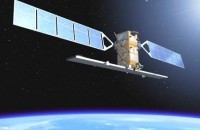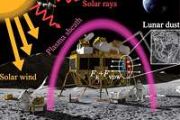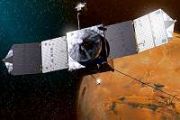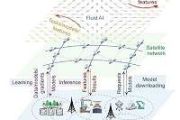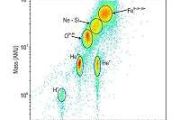Sentinel is a multi-satellite project to be launched from 2014, being developed by ESA under the Global Monitoring for Environment and Security (GMES) program, renamed as Copernicus program. The Sentinel missions include satellites radar and super-spectral imaging for land, ocean and atmospheric monitoring.
The Sentinel satellite familiy is designed to replace the ENVISAT mission.
Missions
The Sentinel missions will have the following objectives:
- Sentinel 1 will provide all-weather, day and night radar imaging for land and ocean services. The first Sentinel-1 satellite is planned for launch in 2014.
- Sentinel 2 will provide high-resolution optical imaging for land services (e.g. imagery of vegetation, soil and water cover, inland waterways and coastal areas). Sentinel-2 will also provide information for emergency services. The first Sentinel-2 satellite is planned for launch in 2014.
- Sentinel 3 will provide ocean and global land monitoring services. The first Sentinel-3 satellite is planned for launch in 2017.
- Sentinel 4, embarked as a payload upon a Meteosat Third Generation Satellite, will provide data for atmospheric composition monitoring. It will be launched in 2019.
- Sentinel 5 Precursor - subset of the Sentinel 5 sensor set planned for launch in 2015. The primary purpose of this was to provide overlapping data (especially SCIAMACHY atmospheric observations) with the aging ENVISAT. However contact with ENVISAT was lost in April 2012 and the mission was declared ended in May 2012. It is unknown whether Sentinel 5 Precursor will be rescheduled as a result.
- Sentinel 5 will also provide data for atmospheric composition monitoring. It will be embarked on a post-EUMETSAT Polar System (EPS) spacecraft and launched in 2020.
- Sentinel 6 is the intent to sustain high precision altimetry missions following the Jason-2 satellite.

